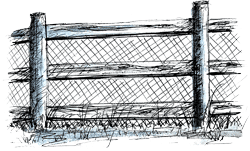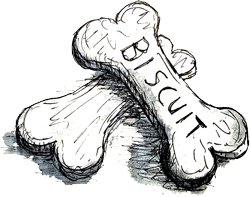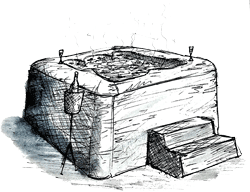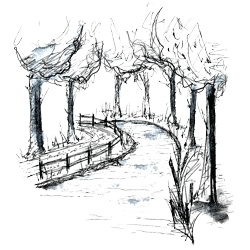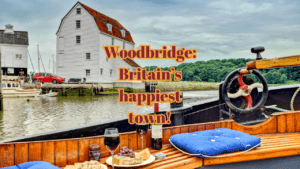
A brief history of everything (about Suffolk)
Far be it from us to channel the great Bill Bryson when it comes to writing blogs, but we thought it was high time we at least attempted to piece together a potted history of Suffolk. We reasoned that doing so would provide our guests with the digital equivalent of a leather bound history volume to flick through. So, in the spirit of keeping it brief and sticking to the highlights, here’s our attempt at telling the story of our fair county.
Beginning in the mists of prehistory, it’s tricky to accurately determine when habitation in Suffolk actually began. By most respected historians’ estimations, however, it was in the Palaeolithic era that settlers first descended on the county. It was only later in the Anglo-Saxon period that it began to shape up into what we know now, with the area originally being referred to as “Suthfolc”; or “southern folk” to those not familiar with the Anglo-Saxon tongue.
During the Norman Conquest of 1066, Suffolk underwent a series of significant changes, with the county joining the newly established Kingdom of England. Setting up fortresses and Framlingham Castle, Medieval Suffolk was a place that prospered thanks to agriculture and a bustling farm and wool trade. Places like Bury St Edmunds and Ipswich were particularly popular as they formed veritable centres of early commerce and culture. Evidence of this can still be seen in the historic buildings and ruins which are to be found in each of these towns.
Remaining highly relevant in both the Tudor and Stuart periods, Suffolk was tied to Henry VIII by Thomas Wolsey, the Archbishop of York who would become the king’s Lord Chancellor. Curiously, it was the quaint village of Lavenham which would take ownership of the wool trade, with many of its timber-framed buildings still on display today.
Transformed once more by the Industrial Revolution, Suffolk went from capitalising on the wool trade to capitalising on the maritime trade. Lowestoft and Felixstowe in particular became destinations that were notable for their industry and ways of mechanising the demands of traders.
Like just about every English county, Suffolk played a significant role in both World Wars, providing a strategic location for military bases. Offering defences as well as barracks and bases for soldiers, Suffolk featured numerous ports and airfields that would prove invaluable for the allied efforts. Following victory, the county witnessed a boom in tourism that continues to this day.
In more recent times, Suffolk has become known for its broad appeal for holidays as well as its vibrant food, drink and arts scene. For a more thorough illustration of everything that makes it so special and worth visiting, we’d invite you to read just about any of our other blogs. We’d also suggest you take a look at our Barges and Barns for rent in Suffolk to start planning your next unforgettable getaway, today.




